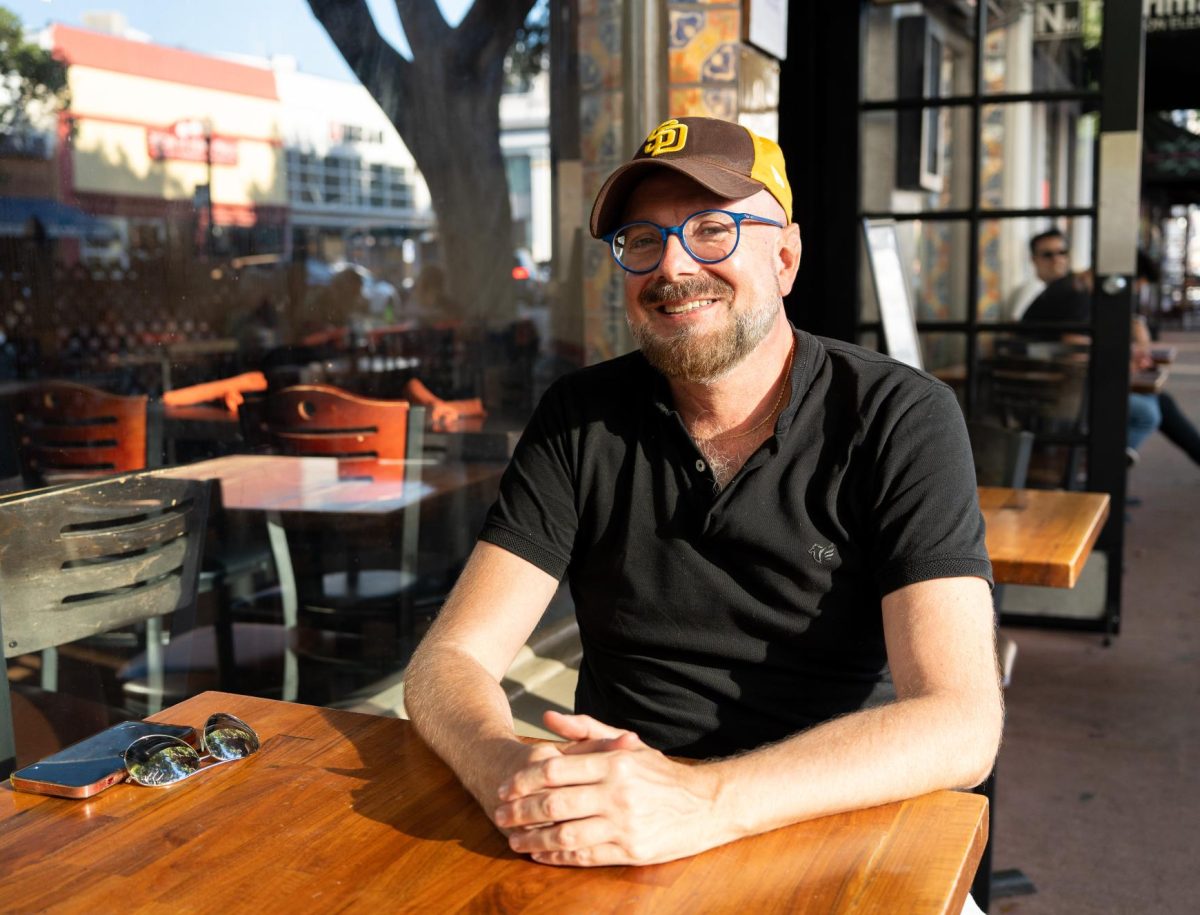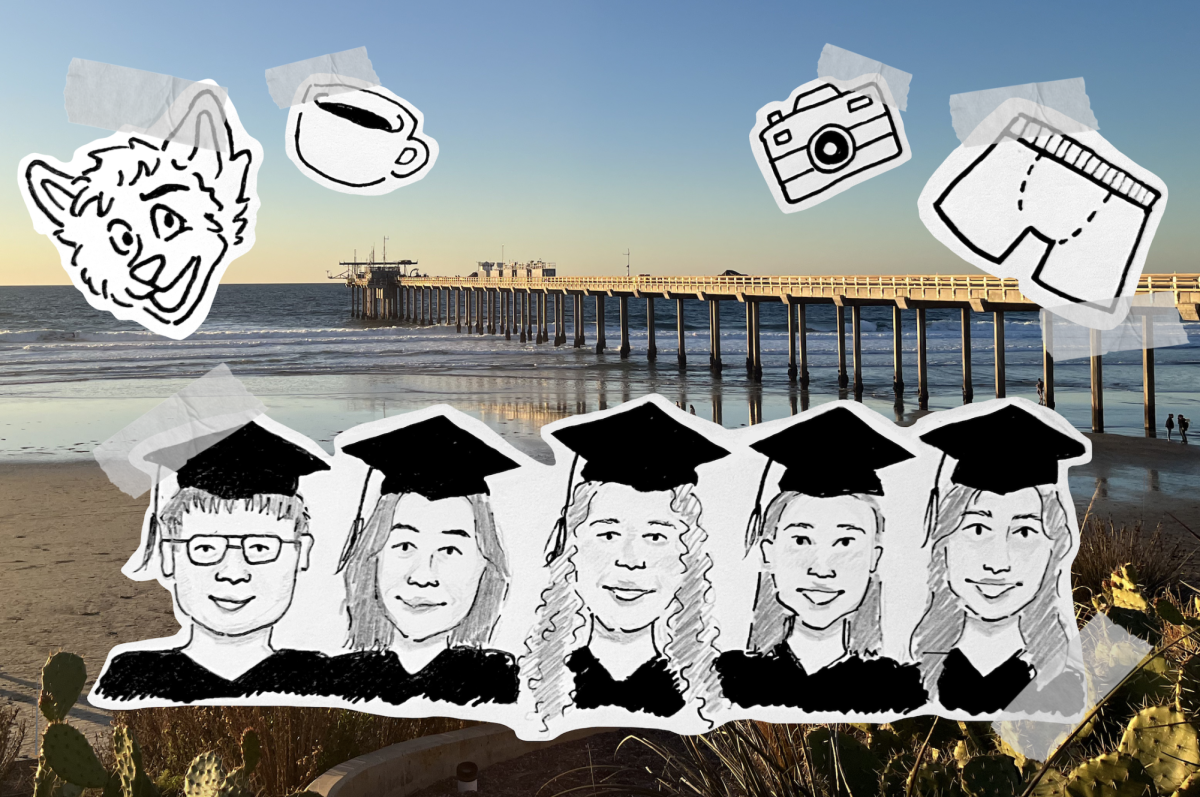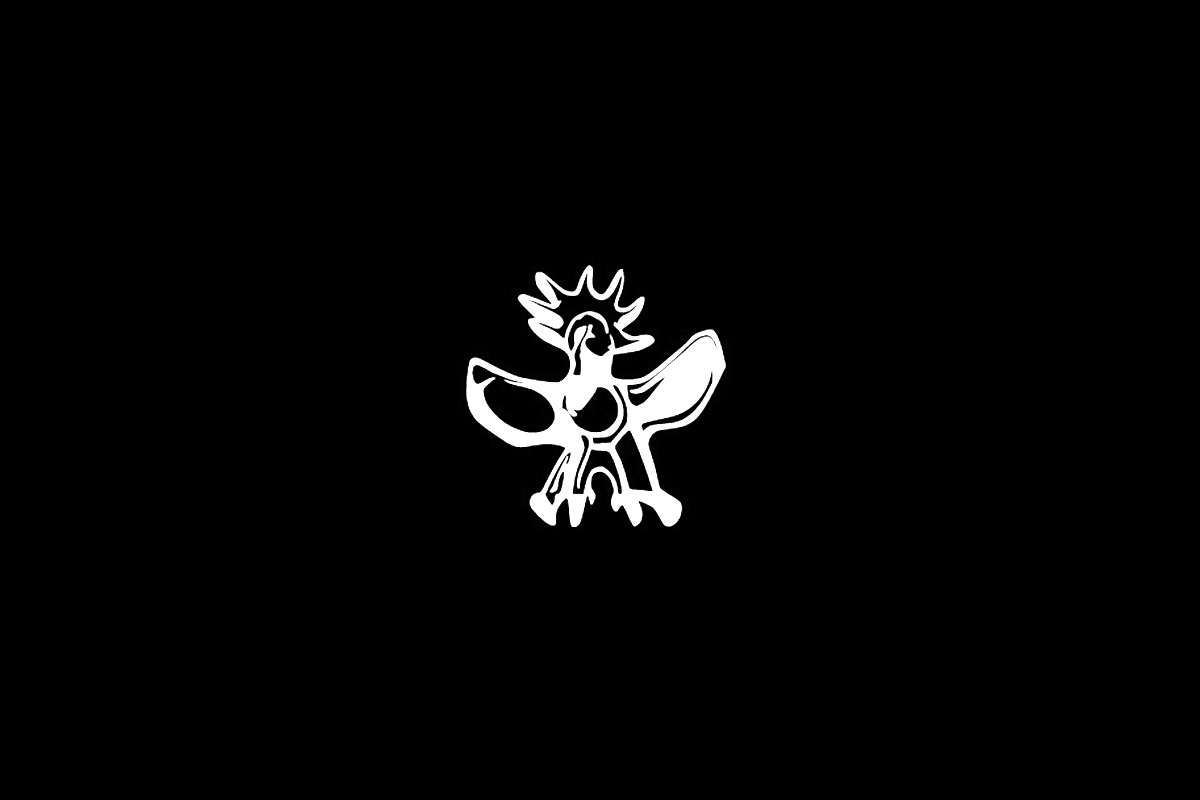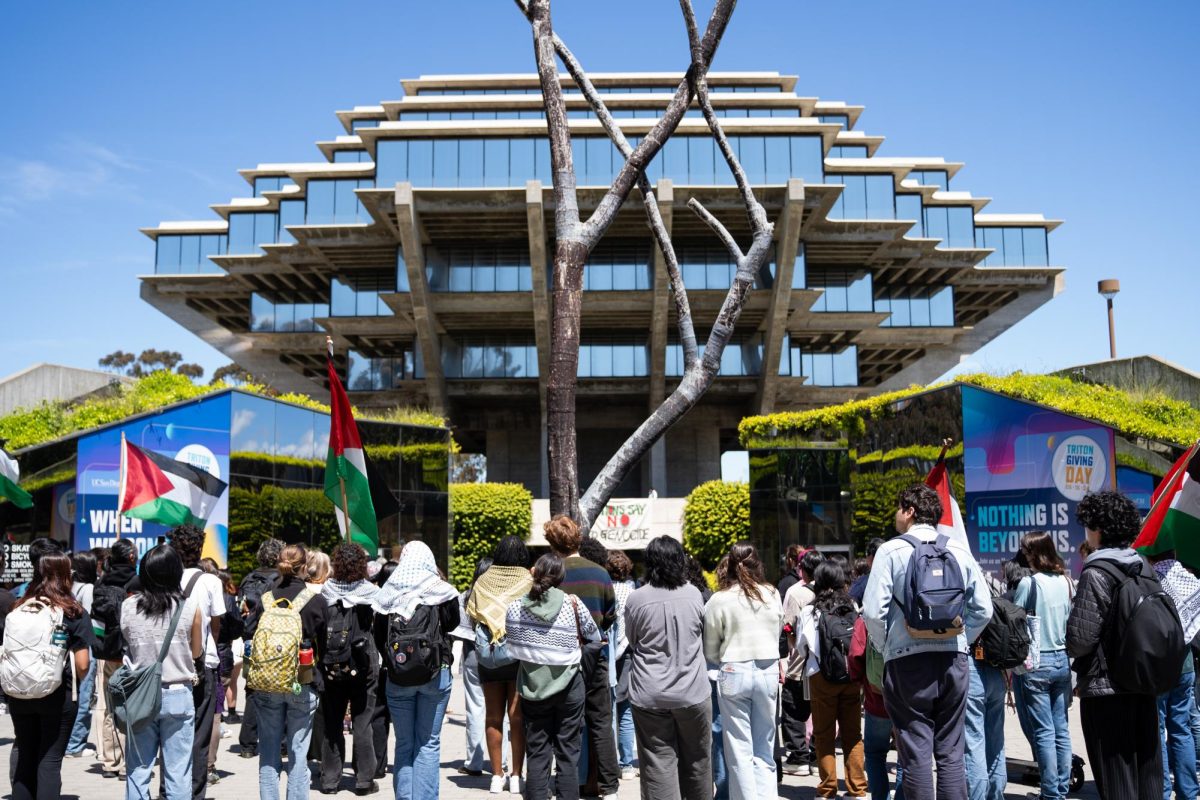Breaking into the film industry is hard. Take it from Mia Trachinger and J.T. Petty, two veterans who have just recently had their films picked up by Madstone Theaters. Each year, thousands of films are made by both wide-eyed dreamers and cynical veterans who send their pet projects off to festivals hoping that this time will be the time that they get picked up by a major distributor (or any distributor), jumpstarting their careers.
Lucky and talented writer/directors Trachinger and Petty were both fortunate enough to have their first feature-length projects picked up by Madstone Theaters for its “”Film Forward”” series. In one-on-one interviews, each discussed their feelings about their films, what they went through to get them made and in addition, they both gave some heartfelt advice for other aspiring filmmakers.
J.T. Petty | “”Soft for Digging””
Petty is the 26-year-old wonder kid behind the film “”Soft for Digging.”” Made with under $6,000 and shot within 15 days, “”Soft for Digging”” was Petty’s New York University undergraduate thesis. Shot in the woods around his hometown in Maryland, the film tells the story of an old man who wanders into the woods searching for his straying cat, only to witness a chilling murder with a mysterious disappearing body. With only three lines of dialogue throughout the entire film, “”Digging”” was quickly becoming known as the next “”Blair Witch Project”” (which was shot around the same time). The ingenious filmmaker has since made the third sequel to “”Mimic”” and has written the video game “”Tom Clancy’s Splinter Cell.”” Here, he discusses how struggling filmmakers really do things:
Guardian: So was “”Soft for Digging”” your first film?
J.T. Petty: Yeah. I was 20 when we shot it.
G: So it has been a six-year process to get your film shown?
JTP: Yes. It was done on video in late 2001. It took a couple of years to make a print because it was always just my own money. It was fairly cheap to finish it on video, but then a long time coming to actually have something to project.
G: So how did you finance the film?
JTP: We shot it for $6,000, so I basically lived off of nothing for my last two years of college. I moved into an apartment that I could touch all of the walls of, but it was 14 feet tall, so I built the entire thing laterally. And I ate rice and beans for two years. The money I had put aside for living expenses in college became “”Soft for Digging.””
G: After you shot it, were you trying to get people to invest in it?
JTP: We kind of did. We wanted people to invest before we shot it. That’s still the part of the process of making a film that is still the strangest to me. Since then, people have given me money to make a movie, and I think that is ridiculous. It doesn’t make sense.
So we sent letters to luminaries, like random filmmakers that we liked and asked them to give us money in exchange for things — like we had a scale system, like for $500 you would get a T-shirt, for $2,000 you would get a walk-on dressed as Alfred Hitchcock in the film. I think we did that mostly to amuse ourselves because we didn’t get any investors. After I made the print, that was an additional $4,000, so I had spent $10,000 of my own money at that time and then it played Sundance. And the fact that it was a movie that cost $6,000 became my calling card. So it became a point of pride not to have anybody else invest in it. So I could build my own Web site, do all my own promotions, that sort of stuff. Actually the first people to invest in it are Madstone. They made this 35 mm print that is showing because until then I had been showing the same 60 mm print that I’d made a year and a half ago at all the film festivals. They made posters too!
G: So how many film festivals was your film shown at?
JTP: Lots! I didn’t count. More than 12? We did Seattle, Philadelphia, Sundance, Melbourne, Nantucket, Munich, Karlovy Vary, Mostra Sao Paolo. It’s still playing festivals now. Right now it’s on its way to Transylvania and then New Zealand. This festival coming up, we’re going to be in the Israeli Film Festival this October, which I am super excited to try to go to if I can.
G: So it must be exciting for you to have your film shown at all these different circuits?
JTP: Yeah, definitely. It was literally me and five friends in the woods who convinced people to act in this movie. So much of it was handmade. We were all exhausted and covered in blisters and we got this movie made in 14 days, no money and then you know three years later to find yourself at Sundance. I still feel like, “”I’m just barely fooling everybody, and they’re going to realize that I’m just pretending.””
G: You can’t just be pretending. You’re working on a project right now aren’t you?
JTP: I could be pretending at that too. It’s a straight-to-video giant cockroach movie. Yeah, it’s work and it’s a monster movie which is great fun.
G: Do you have any words of wisdom for aspiring filmmakers?
JT: That’s a common e-mail I get on my ‘Soft for Digging”” Web site. My advice could be e-mail me. I answer those. I guess the only answer I could give for that is self promotion is important. It’s kind of embarrassing, it is. Everybody I know from school who is actually making a living as a storyteller weren’t the best storytellers. They were the people who finished their projects and took the time to present them to people. It’s so easy to, after you’ve finished the first cut of a film, to feel satisfied with that, but no one wants to see that. It’s all about taking the time to polish and to tell people it’s good before they’ve seen it.
Mia Trachinger | “”bunny””
After making short films, Mia Trachinger decided to take a stab at feature-length films. “”bunny,”” Trachinger’s first movie traces the lives of an immigrant couple fleeing a war-torn country to come to the U.S. only to be discriminated against in all facets of life. Eventually finding jobs as pink bunnies, which is part of a public works project, the couple starts to face problems with their new lives and jobs. Unconventional and daring, Trachinger has proven herself to be an inspiration for many new filmmakers.
Guardian: Was this your first feature?
Mia Trachinger: Yeah it was. We had made short films, low budget music videos, educational films teaching our youth not to smoke and stuff like that. So this was my first feature.
G: You’re next one is “”The Rising””?
MT: Yes, a psychological horror film along the vein of “”The Ring”” and “”Invasion of the Body Snatchers.””
G: Where did you get the idea for “”bunny””?
MT: Well, I had been reading an article about what had been happening in Yugoslavia, about the civil war there and … this one couple that was adopted into an American family in Florida, namely in Orlando. And I thought, “”Oh my God, how bizarre is this that they go from a refugee camp, maybe even a concentration camp and their first week in the United States they are taken to Disney World?”” The juxtaposition of different realities in our world floored me. You know, harsh civil war next to Mickey Mouse — which is perfectly good — can both simultaneously exist in our universe or in our world is just fascinating to me.
G: From doing short films, how did you jump to doing features? Had you been thinking about it for a long time?
MT: Well, I was kind of at the point. I had gone to graduate school and made shorts and there’s not really a future in short filmmaking [laughing], unfortunately. So it’s really the next natural step to make a feature. Often times, people combine like three short stories within one feature film, but I really wanted to as a first feature, to tackle the challenge of 90 minutes of one story from beginning to end. Starting at one place and transporting you to some place that you never thought you could get to in 90 minutes. So that was really exciting to take on.
G: Was it difficult financing your film, getting it off the ground?
MT: In retrospect, I think I had done most of the groundwork in that I had created really strong relationships with key crew people like my director of photography, my cinematographer, producer — people that I had either worked with previously or I had gone to school with or had worked with on their films. Many of the people that came to the project I already knew and were willing to go the distance because of that.
There were a lot of funny things, ’cause in the nature of indie/low budget filmmaking, at a certain point you’ll do anything to get the film done. We had rented an apartment building, a tenement, in Koreatown, which is a neighborhood in L.A. The landlord was like “”Oh yeah, go ahead, take over the whole building, we’re just renovating it.””
Then, midway through shooting, we discovered that he was starting to rent out apartments as we were shooting, and he was threatening to close us down. So to keep on his good side we started to show prospective tenants around between takes. So I would yell, “”Cut!”” then I’d run out to see if there was anybody outside with an application and then I’d go up, show them the apartment, I’d take their application, I’d go back down and we’d do another shot. When you’re making an independent film you kind of have to make things work and get it done.
G: So there’s a lot of kissing up?
MT: It feels less like kissing up and more like wading through the mud with the troops.
G: So do you have any advice or words of wisdom for aspiring filmmakers?
MT: Create good alliances with your friends. Find good people to work with starting out. They are very important. Not only in terms of business but in terms of forming creative relationships like a composer you like to work with or an actor you like to work with. If you find these people starting at the ground level, then you develop together. And get good sound.







